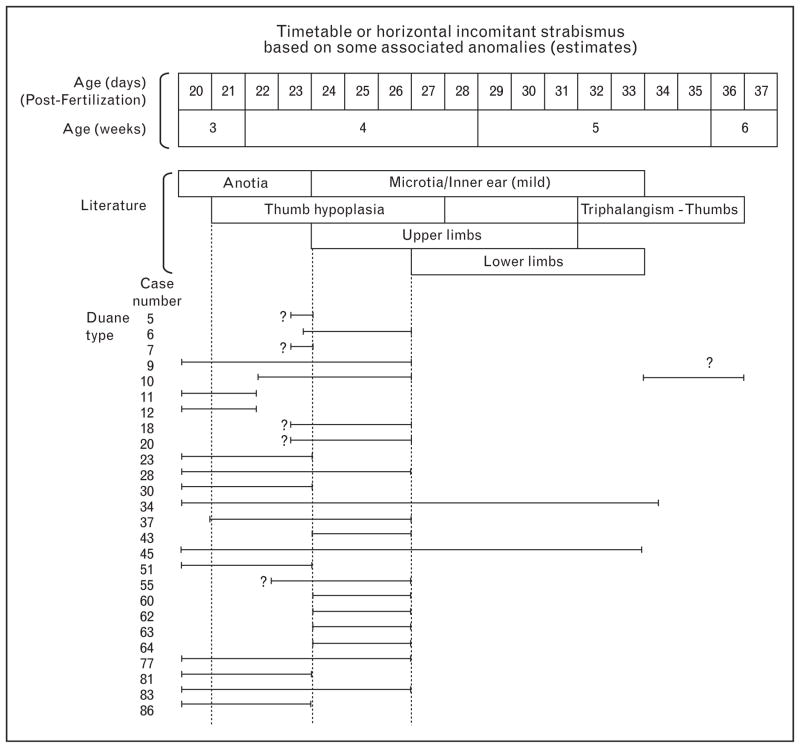Figure 2. Timetable of Duane syndrome based on associated ear and limb anomalies of each patient compared with the thalidomide timetable established from studies conducted in Sweden.
For example, patient 9, who had moderate ear anomalies, upper limb but no lower limb malformations suggests that thalidomide was taken in the early to middle phase of the sensitive period. Some of the beginning and end points are estimates (e.g., the difficulty in separating anotia from microtia and how to plot the few patients with very mild or questionable limb anomalies). Other problem patients include patients 5 and 7, who only had a few malformations. Even with the less clear examples, there was no question that Duane syndrome was associated with an early thalidomide effect within the 20–36 day overall sensitive period. Data for other types of incomitant strabismus, facial nerve palsy, and aberrant lacrimation were also consistent with an early thalidomide effect [22].

